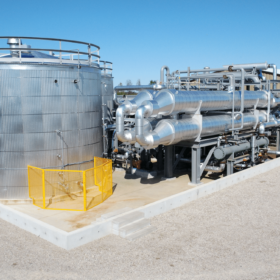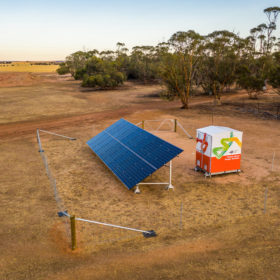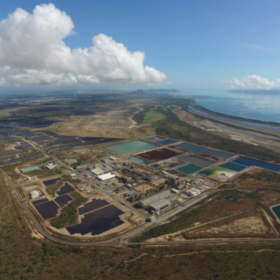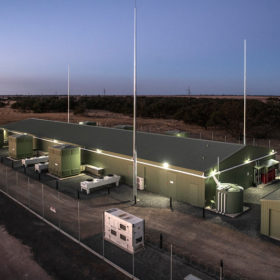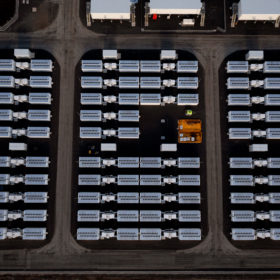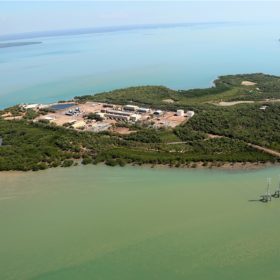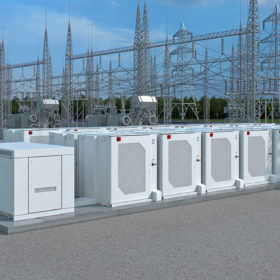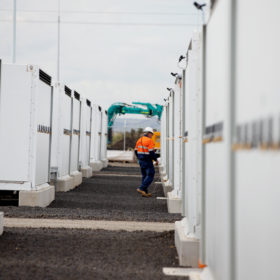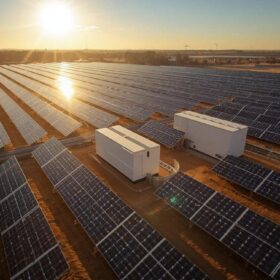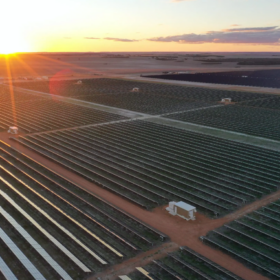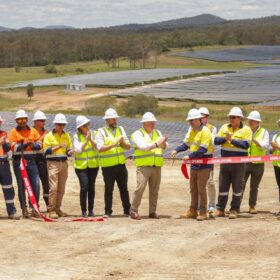US scientists explore how to compensate battery owners for grid value
Current price signals to distributed battery owners “do not align with grid value,” says a study from the Lawrence Berkeley Laboratory.
Goldman Sachs invests $250 million in Hydrostor to advance compressed air energy storage projects
The investment is planned to support development and construction of Hydrostor’s 1.1GW, 8.7GWh of Advanced Compressed Air Energy Storage projects that are well underway in California and Australia, and help expand Hydrostor’s project development pipeline globally.
Farmers go off-grid as 19 solar-based standalone systems installed on WA’s southern coast
Western Australia’s state-owned electricity company Horizon Power has installed 19 solar + battery standalone power systems for farmers in Esperance on the state’s southern coast.
Korea Zinc invests in gravity storage developer Energy Vault
Korea Zinc, non-ferrous metal smelting company, has agreed to invest $50 million in Energy Vault, a Switzerland-based gravity storage specialist, in order to use its tech to decarbonise its refining and smelting operations in Australia.
Reliance Industries to acquire sodium-ion battery provider Faradion
Reliance Industries said its solar unit will buy UK-based sodium-ion battery technology provider Faradion for GBP100 million (AUD$187 million) including debt, as the Indian conglomerate pushes forward with its ambitious plan to move into the renewable energy industry.
ARENA pours funding into advanced inverter capability batteries
The Australian Renewable Energy Agency has announced a $100 million competitive funding round for grid scale batteries. While battery technology agnostic, the projects must be equipped with advanced inverter technology.
Construction begins on the 100 MW Capital battery in Canberra
Neoen today announced construction has begun on its 100 MW/200 MWh Capital Battery, which doubled from its initial 50 MW capacity proposed last year. The battery is to be built 10km southeast of the Australian capital, Canberra.
Hitachi wins tender for Darwin-Katherine ‘Big Battery’, set to pay for itself within five years
Hitachi Energy has won Northern Territory Labor’s tender for the Darwin-Katherine ‘Big Battery’, which is expected to unlock more capacity for residential and industrial PV, generate cost savings of $9.8 million and pay for itself in approximately five years.
5-minute settlement, battery smarts make Hazelwood battery a reality
The impression of another big battery being installed on the site of one of Australia’s recently decommissioned “coal clunkers” was lost on few. Battery system provider Fluence says the Hazelwood Battery Energy Storage System’s business case was bolstered by recent reforms and new technology to take advantage of rapidly changing wholesale electricity market dynamics.
Australia’s new biggest battery switches on
The 300 MW / 450 MWh Victorian big battery in Geelong has today commenced operation. In spite of fire breaking out during commissioning in July, the battery has been delivered in record time, taking less than a year to build and begin operations.

